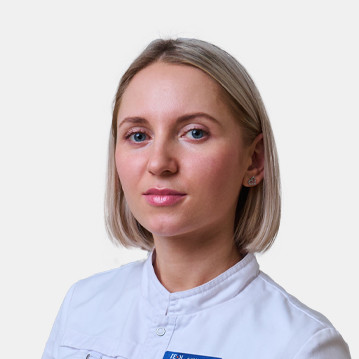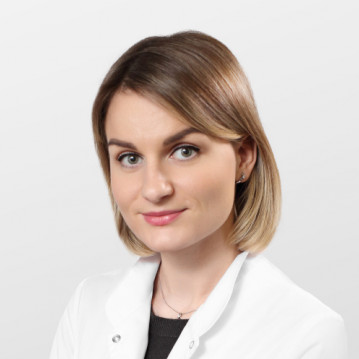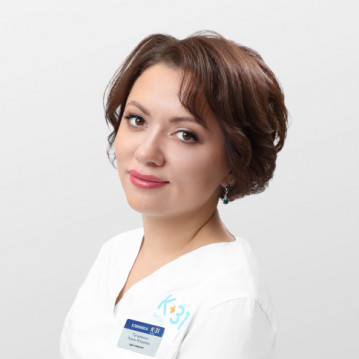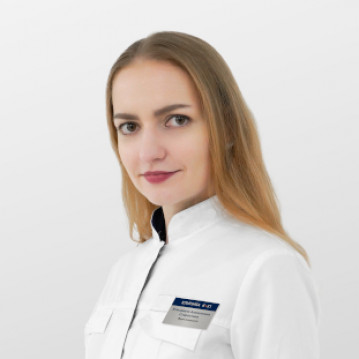The clinical picture of manic-depressive psychosis
In manic-depressive psychosis, two opposite phases or episodes are distinguished: manic and depressive.
The episode of mania includes three main symptoms: increased mood, motor arousal, and mental arousal. In a manic episode, hyperactivity, loud laughter, talkativeness, active facial expressions and gestures, short sleep (not more than 4-5 hours per day) are noted. Despite a good appetite, there is a loss of body weight due to constant activity and movements, which requires high energy costs. Mental agitation is manifested by a reassessment of one’s abilities and role in society. As a result, the patient can impersonate a talented person in various fields (art, politics, business, etc.), to which he had not the slightest relationship before the illness.
In the phase of depression, the patient becomes lethargic, lethargic, with a depressed mood, lack of vital interest, deterioration of professional skills or even loss of capacity for work. Thinking processes become slow, reactions are inhibited, cognitive abilities decrease. Motor activity is significantly reduced, physical inactivity develops, more time is spent on the performance of previous tasks. Appetite disappears (leads to weight loss), drowsiness appears (especially in the daytime). A depressive episode is characterized by suspiciousness, constant anxiety, and indifference to surrounding events, including those that directly concern the patient himself. There are problems in the genital area (loss of libido, impotence in men, amenorrhea in women).
Sometimes, instead of an episode of mania in bipolar affective disorder, there may be an episode of hypomania, which manifests itself with the same symptoms, but with a moderate, less pronounced manifestation (increased mood, vigor, quick speech, moderately fast movements).
The course of manic-depressive psychosis can have various options. Mania episodes are slightly shorter than episodes of depression. On average, 1-2 months and 3-7 months, respectively, but the timing can vary from two weeks to two years. Variation is also observed in the alternation of mania and depression: they can replace each other without "bright" intervals, with the presence of a "bright gap" between each phase or between a pair of "mania-depression". Sometimes the alternation of mania and depression is random, or one of the phases may be completely absent (only episodes of mania or only episodes of depression). In the latter case, differential diagnosis with recurrent depression is significantly more difficult.
Treatment of Bipolar Affective Disorders
Therapy of bipolar affective disorders is a very difficult task. At Clinic K + 31, highly qualified specialists with extensive experience in psychiatry deal with the treatment of manic-depressive psychoses. Given the severity of this mental disorder, after a diagnosis is established, non-drug methods (psychotherapy) are immediately combined with the appointment of several groups of drugs (psychopharmacology).
The treatment of bipolar disorder should take into account the phase of the course of the disease (mania or depression), so patients are constantly monitored by a psychotherapist for timely adjustment of prescribed drugs. In the episode of depression, the key group is antidepressants, antipsychotics, lithium drugs and anticonvulsants remain in the background to prevent or ameliorate the episode of mania. When a manic episode returns, the treatment regimen changes with emphasis on normotics and antipsychotics.








